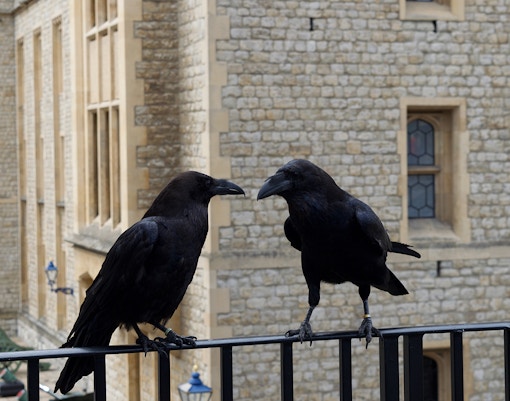History of the Tower of London’s White Tower
The White Tower stands as the original keep of the Tower of London, built by William the Conqueror in the early 1080s. This imposing structure served as the castle's strongest defense, providing lodgings for the king and his court, and housing a dedicated chapel. Construction was overseen by the skilled Bishop of Rochester, Gundulf.
Throughout the centuries, the White Tower witnessed significant transformations. Henry II and Henry III strengthened its defenses, while Henry III further embellished the chapel with stained glass, statues, and paintings, and ordered the entire structure to be whitewashed, giving it its name. Although briefly used as a royal residence, the chapel's gradual transition to store records in the 1320s signaled a decline in its role as a royal residence.
The Tower's history is intertwined with intriguing mysteries. The 1674 discovery of children's bones during the demolition of the forebuilding fueled speculation that they belonged to the ‘Princes in the Tower,’ Edward V and Richard of Shrewsbury. During Elizabeth I's reign, the White Tower became a gunpowder store, while the castle itself began to attract visitors. Charles I's efforts to modernize the Tower's defenses ultimately proved futile as Parliamentarians seized control, marking the onset of the English Civil War of 1642.
The White Tower continued to serve as a gunpowder store until the Great Fire of London in 1666, after which a protective wall was erected. In the 19th century, significant alterations were made to accommodate the growing number of visitors. Today, the Tower of London, including the magnificent White Tower, is a UNESCO World Heritage Site, managed by Historic Royal Palaces, and houses the renowned Royal Armouries collections.
History of the Tower of London
























































